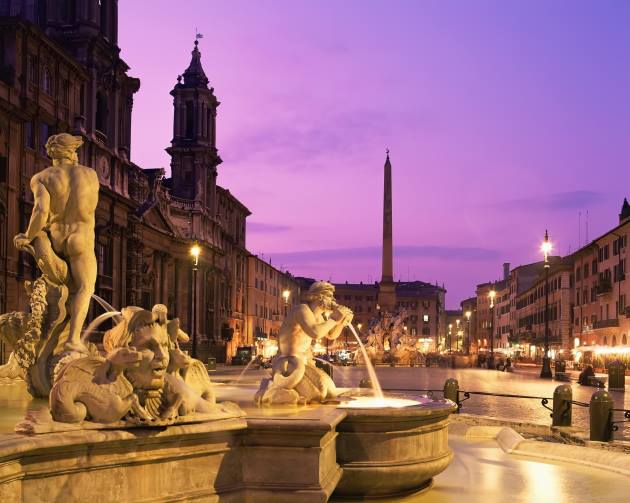
This obelisk, brought from the Aswan excavation sites without inscriptions by order of Domitian, was decorated in Rome with original inscriptions written in hieroglyphics and with a representation of the emperor between two divinities. It is made of granite and is almost 17 meters high.
It was placed between the temple of Serapis and the temple of Isis, where it remained for over two centuries, until Maxentius had it placed in the Circus, along the Appian Way, built in memory of his son Romulus who had died in 310. We don’t know when it fell. It is certain, however, that it was erected again in the mid-seventeenth century, thanks to Pope Innocent X Pamphilj who chose Piazza Navona, to somehow highlight his birthplace. Originally, in addition to the obelisk, the square was to host a magnificent fountain that was to be the real "exhibition", that is, the final façade of the Acqua Vergine aqueduct. The project for the construction of the Trevi Fountain was not taken into consideration because of the high costs involved.
The pope, at first, thought of giving the assignment of the work to others, but Bernini succeeded thanks to a ruse, giving a silver model of the work to Donna Olimpia Maidalchini, the Pope's sister-in-law, to show his splendid project for the arrangement of the obelisk in the center of the Fountain of the Four Rivers. The Pope, enthusiastic about the project, immediately entrusted Bernini with the task of carrying it out. This happened between 1647 and 1651.The inscription on the pedestal recalls the details of the exploit as well as the meaning of the fountain on which the obelisk rests. The dove on the tip of the obelisk is the symbol of the Pamphilj family. At the time, this great composite monument was not welcomed with great favor by the Romans, considering that because of the high cost of its realization even the taxes were increased. Today it is one of the most admired and loved monuments of the city.
Navona Square
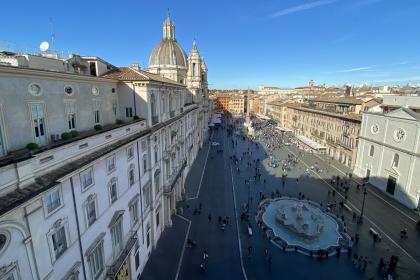
 Condividi
Condividi
The most iconic square of Baroque Rome
The Church of Sant'Agnese in Agone
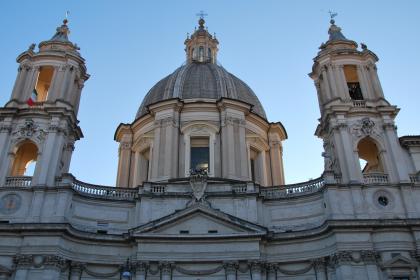
 Condividi
Condividi
The Fountain of the Four Rivers
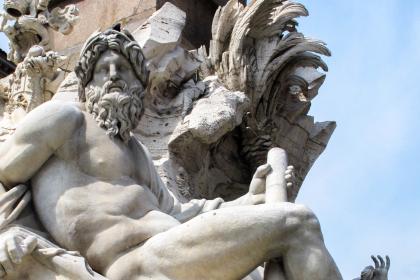
 Condividi
Condividi
Museo di Roma – Palazzo Braschi
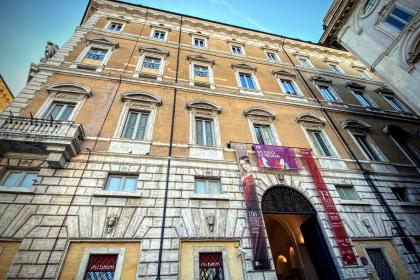
 Condividi
Condividi
Information
 Condividi
Condividi
Location
To find out about all accessibility services, visit the Rome accessible section.











































